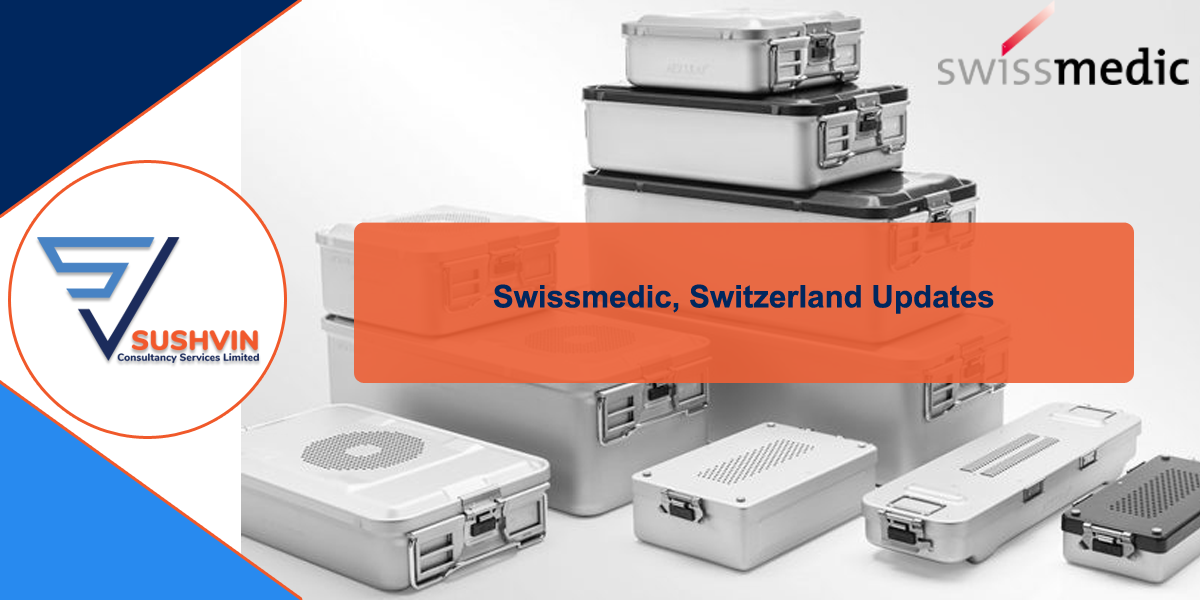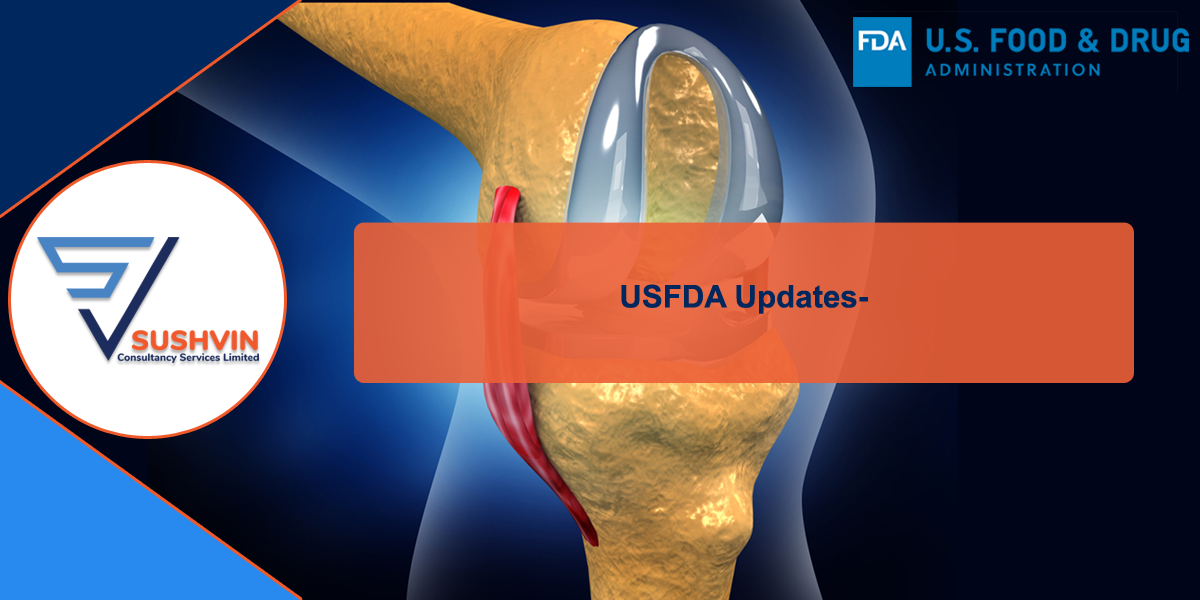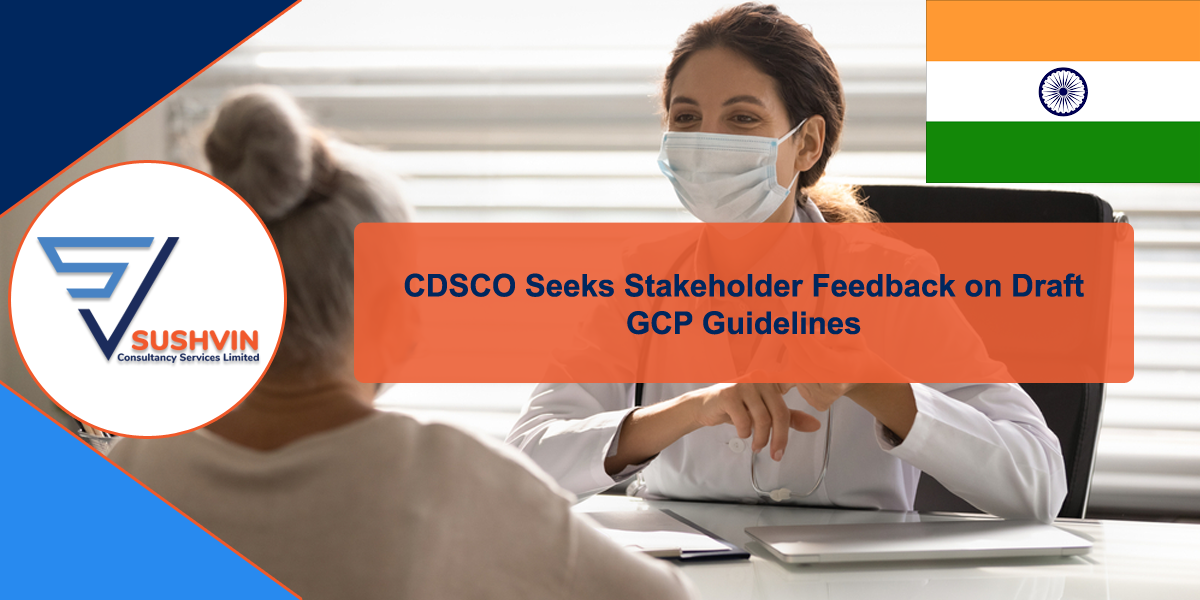UK Updates

MHRA Updates Guidance on Assistive Technology: Definition and Safe Use
On September 6th 2024, Medicines & Healthcare products Regulatory Agency updated Guidance on Assistive technology: Definition and Safe Use
The guidance aims to help manufacturers, healthcare professionals, and users understand what constitutes assistive technology and how it differs from medical devices and aids for daily living.
Definition and Scope:
Assistive technology includes products or systems designed to support individuals with disabilities, restricted mobility, or other impairments in performing functions that might otherwise be difficult or impossible.
The document clarifies that not all assistive technologies are medical devices. A product is considered a medical device only if it is intended for a medical purpose as stated by the manufacturer.
Regulatory Framework:
The guidance outlines the regulatory requirements for assistive technology products, including the need for conformity marking and adherence to the UK Medical Devices Regulations 2002 (as amended).
It also highlights the differences in regulations between Great Britain and Northern Ireland.
Examples and Safety:
This guidance is a valuable resource for anyone involved in the development, regulation, or use of assistive technology. It provides clear definitions, regulatory insights, and practical advice to ensure the safe and effective use of these essential products.
MHRA Published a Policy Paper on its Strategy to Improve Safety Communications.
On September 17th 2024, Medicines & Healthcare products Regulatory Agency published Policy paper on MHRA Strategy for Improving Safety Communications.
The MHRA’s strategy for Improving Safety Communications for 2024 to 2027.
Introduction
The strategy aims to transform MHRA’s communication methods to ensure that healthcare professionals and patients receive timely, coordinated, and impactful safety information. This initiative is based on feedback from healthcare professionals and organizations, emphasizing the need for effective communication to support patient safety.
Background
MHRA’s role as the regulator of medicines, medical devices, and blood components for transfusion in the UK is to ensure these products are safe and effective. The agency uses science and data to inform its decisions and supports medical innovation while maintaining high standards of safety, quality, and efficacy.
Safety Communications
The document stresses the importance of transparent and effective communication about the risks and benefits of medical products. Key objectives include:
Strategic Goals
The strategy outlines several goals to improve safety communications:
Implementation Plan
The strategy includes a detailed implementation plan with specific actions and timelines. This plan focuses on:
Conclusion
The MHRA’s strategy for improving safety communications is a comprehensive plan aimed at ensuring that all stakeholders receive accurate and timely information about the safety of medical products. By leveraging modern communication tools and engaging with healthcare professionals and patients, the MHRA aims to enhance patient safety and maintain public trust in the healthcare system.
This strategy represents a significant step forward in how safety information is communicated, reflecting the MHRA’s commitment to protecting public health through effective and transparent communication.
Swissmedic, Switzerland Updates

Swissmedic has Recently Published Information Sheet on Combined Studies.
Identification number: BW600_00_017 Version: 1.0This information sheet is intended for sponsors, contract research organizations (CROs), and investigators involved in combined studies. It outlines the regulatory requirements and procedures for obtaining authorization from Swissmedic.
Terms and definitions:
The term ‘combined study’ has not yet been formally defined in a Swiss or European regulation. For the purpose of this information sheet, combined studies can be understood as studies that involve: ▪ A clinical trial of an MP / ATMP in parallel with an interventional performance study of an IVD ▪ A clinical trial of an MP / ATMP in parallel with a clinical investigation of a MD
Objective and Introduction:
The document aims to clarify the unique aspects of combined studies, including their submission for authorization and conduct.
It provides a comprehensive introduction to the legal basis, standards, and guidance documents relevant to combined studies.
Authorization Process:
Detailed steps for applying for the authorization of a combined study are provided, including the review and authorization process.
The document explains the procedures for submissions involving multiple sponsors and confidentiality restrictions.
Modifications and Reporting:
Guidance on handling amendments that affect combined studies and the re-categorization of clinical trials is included.
The document also covers reporting duties during combined studies, such as annual safety reports and the handling of serious adverse events.
This guidance is a valuable resource for those involved in combined studies. It offers clear instructions and regulatory insights to ensure compliance with Swissmedic’s requirements. The document is well-structured and provides practical advice for navigating the complexities of combined studies.
Swissmedic Urges Review of Legacy Devices Complying with Old Legislation
Swissmedic To Swiss authorised representatives and importers: Request to review devices that comply with the old legislation / legacy devices. Bern, 18.09.2024.
ReferenceSwissmedic addresses the upcoming expiration of important deadlines for legacy medical devices, which are devices that comply with the old legislation. These deadlines are set for September 26, 2024. However, the document clarifies that, under certain conditions, these devices may continue to be marketed until 2027 or 2028.
Applicability
The transitional provisions apply to all devices that comply with the old legislation and for which the manufacturer is seeking certification under the EU Medical Device Regulation (EU-MDR). The document emphasizes that each device must be individually evaluated to ensure compliance with the transitional provisions.Verification and Due Diligence
Swissmedic outlines the responsibilities of authorized representatives and importers in verifying and documenting the conformity of legacy devices. This includes:
Actions for Non-compliance
If the conditions for the transitional provisions are not met, the devices cannot be placed on the market. Importers and authorized representatives must ensure conformity before marketing the devices. This may involve changing or terminating mandates with manufacturers or preventing the placement of non-compliant devices on the market.
Feedback to Swissmedic
The document states that there is no need to provide feedback to Swissmedic regarding the review of legacy devices. However, it is the responsibility of economic operators to ensure compliance. Swissmedic retains the authority to inspect devices on the market at any time.
Additional Information
Swissmedic provides references to further information, including detailed obligations for economic operators and European Commission guidelines. This ensures that stakeholders have access to comprehensive resources to understand and comply with the transitional provisions.
The document emphasizes the importance of due diligence, individual evaluation of devices, and adherence to regulatory requirements to ensure that only compliant devices are placed on the market. This proactive approach by Swissmedic aims to maintain a safe and effective medical device market in Switzerland.
USFDA Updates

USFDA Releases Guidance on Study Data Technical Conformance – Technical Specifications Document
On September 16th 2024, USFDA published a Guidance Document on Study Data Technical Conformance Guide - Technical Specifications DocumentThe “Study Data Technical Conformance Guide” is a comprehensive resource designed to help sponsors and applicants prepare and submit study data that meets FDA standards. By following the guidelines, stakeholders can ensure that their data submissions are accurate, consistent, and ready for regulatory review. Reference
The guide outlines the FDA’s current thinking on the technical specifications for study data submissions. It aims to facilitate the submission of standardized data to support regulatory review and decision-making processes.
Contents
Implementation
The guide encourages sponsors and applicants to follow these specifications to streamline the submission process and improve the efficiency of regulatory reviews. It highlights the importance of early planning and coordination with the FDA to address any technical issues that may arise during the submission process.
Contact Information
For questions or alternative approaches, the guide provides contact information for the FDA staff responsible for implementing the guidance.
India Updates

CDSCO Seeks Stakeholder Feedback on Draft GCP Guidelines
CDSCO invites stakeholders comments on the draft GCP guidelines. September 12th 2024. GCP compliance is mandatory as per the New Drugs & Clinical Trials Rules, 2019 in the clinical studies of new drugs. Reference The said draft guidelines has been published on CDSCO website for your comments/suggestions within period of 30 days by email to dci.nic.in.
An expert committee constituted under the Chairmanship of Prof Bikash Medhi, PGIMER has prepared this draft in consultation with the stakeholders. The primary objective of the GCP is to protect the rights, safety and wellbeing of the Clinical Trial participants.
Introduction
The guidelines emphasize the ethical and scientific standards required for conducting clinical research, ensuring the safety, rights, and well-being of participants.
Definitions
This section provides definitions for various terms used in clinical research, such as adverse events, bioavailability, bioequivalence, and investigational products.
Prerequisites for the Study
Responsibilities
Record Keeping and Data Handling
Quality Assurance
Statistics
Special Concerns
Disclosure of Site-Specific Safety/Efficacy Data
Guidelines for reporting safety and efficacy data to regulatory authorities and ethics committees.
Appendices
Discover Our Range of Services
Sushvin provides a wide range of services designed to cater to the diverse needs of our clients. Our extensive service offerings include:
Subscribe To Our Newsletter
For Latest Updates, Subscribe to our monthly newsletter today!
